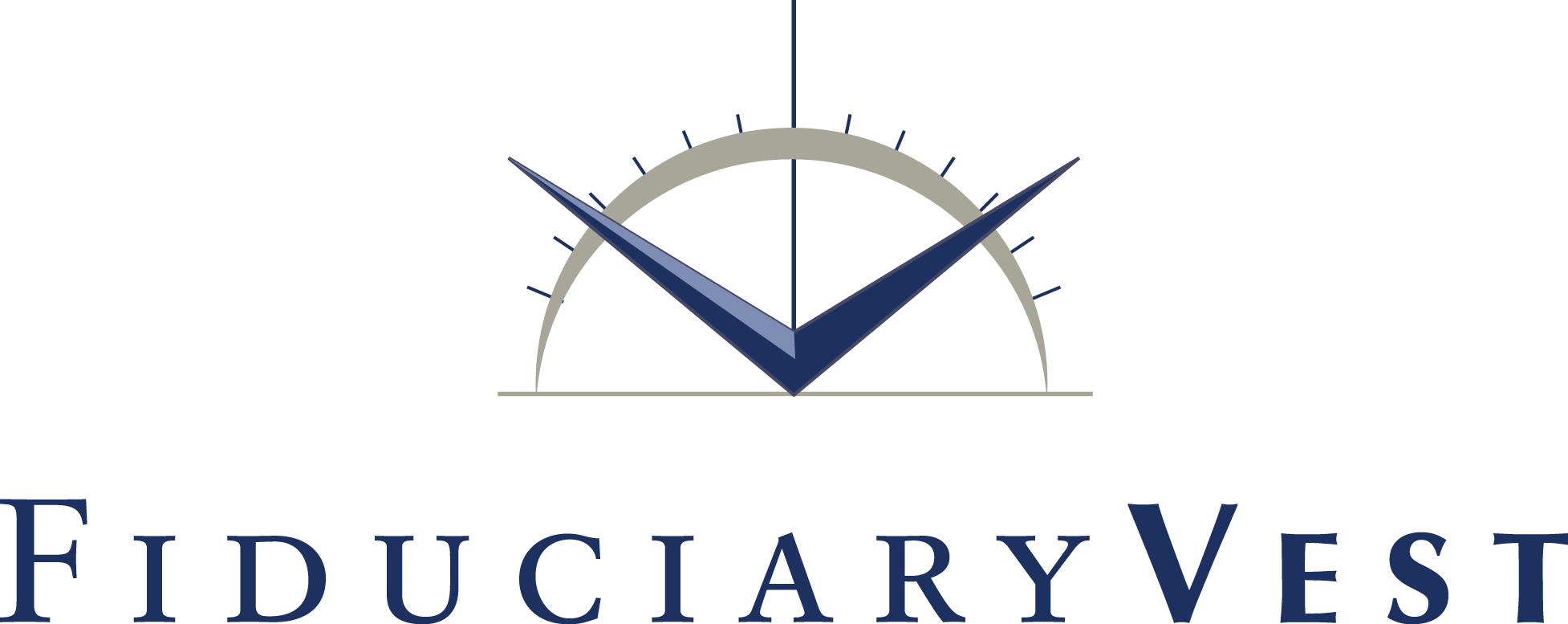
PPA: A Decade of IMPACT
“IMPACT” is a powerful word. It is defined as “an influence” or “strong effect.” It’s a word that has personal significance to most because we have a desire to IMPACT those around us. And of course, we want our IMPACT to have magnitude and to be lasting.
We chose this powerful word to describe the Pension Protection Act of 2006 because it reflects the tremendous influence and effect that PPA has had on the retirement industry. You have likely seen recently the countless articles acknowledging the 10-year anniversary of PPA. In this blog, we will review its IMPACT on how America prepares for retirement.
The Looming Retirement Crisis
The failure of American workers to adequately save for retirement has been well-documented as a looming crisis, especially with growing concerns over the sufficiency of Social Security for future generations. As participant-directed 401(k) plans have replaced traditional pension plans over the past few decades, the responsibility for retirement readiness has shifted from corporations to individuals. At first glance, it may sound like a good thing for individuals to take control of their own retirement; however, the vast majority of individuals are ill-equipped to make the necessary savings and investment decisions to be adequately prepared.
In addition to a lack of knowledge and tools, we also know that many (if not most) employees are dis-engaged in their retirement planning. In other words, they are not actively involved in analyzing their own situations and making the necessary adjustments to be prepared.
Furthermore, traditional forms of investment education and communication have been largely ineffective at changing employee behavior patterns. Thus, the sub-optimal decisions continue, and as a result, inertia sets in and works as a negative force against many employees. If employees’ passivity and lack of engagement persists, then the outcome is inevitable – they will be unprepared for their retirement years.
Pension Protection Act
The Pension Protection Act has been so IMPACT-ful because it gave plan sponsors official permission (and even encouragement) to implement automation features in 401(k) plans. The use of automation has proven effective at changing the retirement outcomes for passive, or dis-engaged, employees by converting inertia from a negative force to a positive force.
In summary, Retirement Readiness requires three things:
- Participation (in a 401k plan) – Auto enrollment has significantly increased participation rates for plan sponsors who have adopted it. As a point of reference, auto enrollment (for new hires) has increased from 19% of plans to now over 60% of plans.
- Adequate Deferrals – There is no substitute for contributing to the plan. Auto escalation has led to higher savings rates for plan sponsors who have adopted it. As a point of reference, the adoption of auto escalation (as an opt-in feature) has risen from 9% of plans to now over 40% of plans.
- Appropriate Investment Allocation – The use of Qualified Default Investment Alternatives (QDIA) and re-enrollment strategies have re-aligned participant investments. As a point of reference, aggregate allocations to target date funds have increased from 4% to now more than 25%.
As plan sponsors have implemented these automation features, employee Retirement Readiness has dramatically improved. And the primary catalyst behind the marked improvement is PPA.
What’s Next?
So now what? As 401(k) assets continue to expand and the retirement industry continues to evolve, we expect to see the following developments:
- For plan sponsors who originally applied auto enrollment to new hires only, we expect to see increased adoption of retroactive auto enrollment for all non-participating employees.
- As the target savings rate continues to increase from an old target of 10% to a new target of 15%, we expect to see plan sponsors:
- Increase the starting deferral rate for auto enrollment and
- Default employees into auto escalation features.
- With employees continuing to exhibit sub-optimal investment behaviors, we expect to see increased usage of re-enrollment strategies.
- Investment re-enrollment is a one-time occurrence whereby plan participants are given an open window to make new investment elections. For those who fail to make an election, their account balances are defaulted to the plan’s QDIA.
- The benefits of re-enrollment are:
- Participant investments are re-aligned to age-appropriate equity allocations (if target date funds are the QDIA), and
- Plan fiduciaries receive additional safe harbor protection for all defaulted assets.
- We also expect to see increased innovation with QDIA options. Right now, target date funds are by far the most commonly used QDIA. However, given growing asset flows into target date funds, there is much innovation around next generation QDIA options which will use more than just age to create investment solutions that are uniquely tailored for participants.
Conclusion
As noted, there has been much progress made in the retirement industry in response to the need to drive better outcomes for retirees. It is evident that PPA was introduced at a time of great need and has had a lasting IMPACT. Not only has PPA changed the conversation for retirement industry experts, but it has also had a tremendous positive IMPACT on the lives of millions of Americans.





